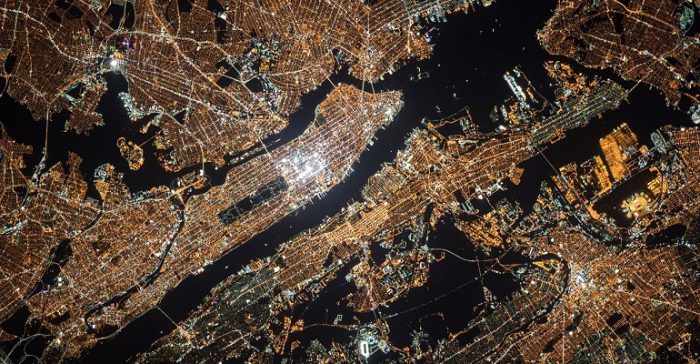Allison Donnelly, ERS, for Zondits. Image credit: Unsplash / 8180 images
This is a good time to be working in clean energy. Nationwide, the costs of rooftop solar, LEDs, electric vehicles, and other sustainable technologies are coming down at an impressive rate. Technologies that once seemed to be on the fringe are becoming mainstream – even ubiquitous – as awareness grows and installations increase. The benefits that they provide, from reduced carbon emissions to peak demand reductions and grid services, are becoming more and more valued. Policymakers, utilities, environmentalists, and inventors are all coming to the table to debate how clean energy can be a part of solving the problems faced by today’s grid (and, perhaps, not create more of them). And nowhere else is that process as closely watched as in New York.
New York’s Reforming the Energy Vision, or REV, proceeding is the state’s attempt via the Public Service Commission to grapple with the challenges and opportunities presented by using technologies like energy efficiency, demand response, distributed generation, energy storage, microgrids, and the like (known collectively by the industry term “distributed energy resources,” or DERs). The state believes that promoting and more effectively using those resources could lead to a system that is cleaner, more resilient, and more affordable. It is not alone, though; California has historically been considered the standard-bearer of clean energy, while states like Hawaii, Minnesota, and Massachusetts have all opened proceedings to look at similar issues. So what makes New York’s REV unique?
To sum it all up in a sentence: REV is the first comprehensive attempt in the US to determine how to create a smart grid, integrate all of the necessary resources, and do it in a way that is market-based. Now let’s unpack that statement a little.
- A comprehensive attempt: REV is looking at all aspects of the distribution grid at once through many parallel tracks and proceedings. It’s also doing so on a variety of scales, from fact-finding, laying a discussion framework, convening working groups of experts, using technology pilots, and seeding installations with investments (through the $5.3 billion Clean Energy Fund). The REV proceeding itself encompasses three major topic areas: how to operate a grid full of DERs, design utility revenue and rate models that promote and value the resources, and promote large-scale renewables. All said and done, there are more than 40 initiatives that are part of REV.
- Smart grid: A smart grid is an energy system that supports a two-way flow of electricity and data from the utility to the customer, and vice versa. This is widely considered the electricity grid of the future, as it allows for customers to be more active participants in determining which services they need and offering benefits back to the utility. The smart grid encompasses the technologies needed to sustain it – DERs, smart meters, and other power technologies – as well as the operational frameworks and regulations to manage it appropriately.
- Integrated resources: A key aspect of the smart grid is that the technologies are integrated into the grid, rather than only being connected; the difference is in communication. The utility will have greater visibility into what happens on its networks and can direct everything like air traffic control, and third-party companies and customers will have a better understanding as to where and when their resources provide value.
- Market-based: This is perhaps where REV is most unique. Unlike the historical approach to clean energy policy (a mandate requiring utilities to procure a certain amount of clean energy by a certain date), REV intends to focus instead on creating an intrinsic economic motivation for utilities, companies, and customers to use clean energy. The centerpiece of that effort is removing disincentives for utilities to invest in those technologies, creating revenue streams to allow utilities to change their business models, and redesigning electricity rates. It also includes an exploration into how to place a value on the benefits and costs of DERs beyond the price of the electricity.
Of course, it’s said that the devil is in the details. Now that New York has its vision, the real challenge comes in determining how to implement it. Some of those plans have been made and are being put into practice. For example, each of the utilities is running at least one demonstration project that allows the utility to try out new models for managing clean energy and creating revenues. Others will be forthcoming in the months ahead. There are dozens of remaining challenges to be worked out, but if New York does in fact have the “energy to lead,” as it claims, then REV will continue to be watched closely over the coming years.
What would you like to know about REV? Tell us in the comments.
